Manufacturer: Gigabyte
UK price (as reviewed): £389.99 (inc. VAT)
US price (as reviewed): $359.99 (exc. tax)
As we travel down the X570 pricing spectrum, our next stop is Gigabyte's X570 Aorus Master - a £390 beast that at face value doesn't seem particularly far behind the £450 MSI Prestige X570 Creation in terms of specs or features, although from the outset the box is a fair bit lighter, as there are no crazy fan-assisted M.2 expansion cards lurking, just the usual bag of thermal probe cables, RGB extension cables, and a Wi-Fi aerial. Thankfully there are a few extra premium features to help justify that lofty price tag apart from the obvious PCIe 4.0 support.
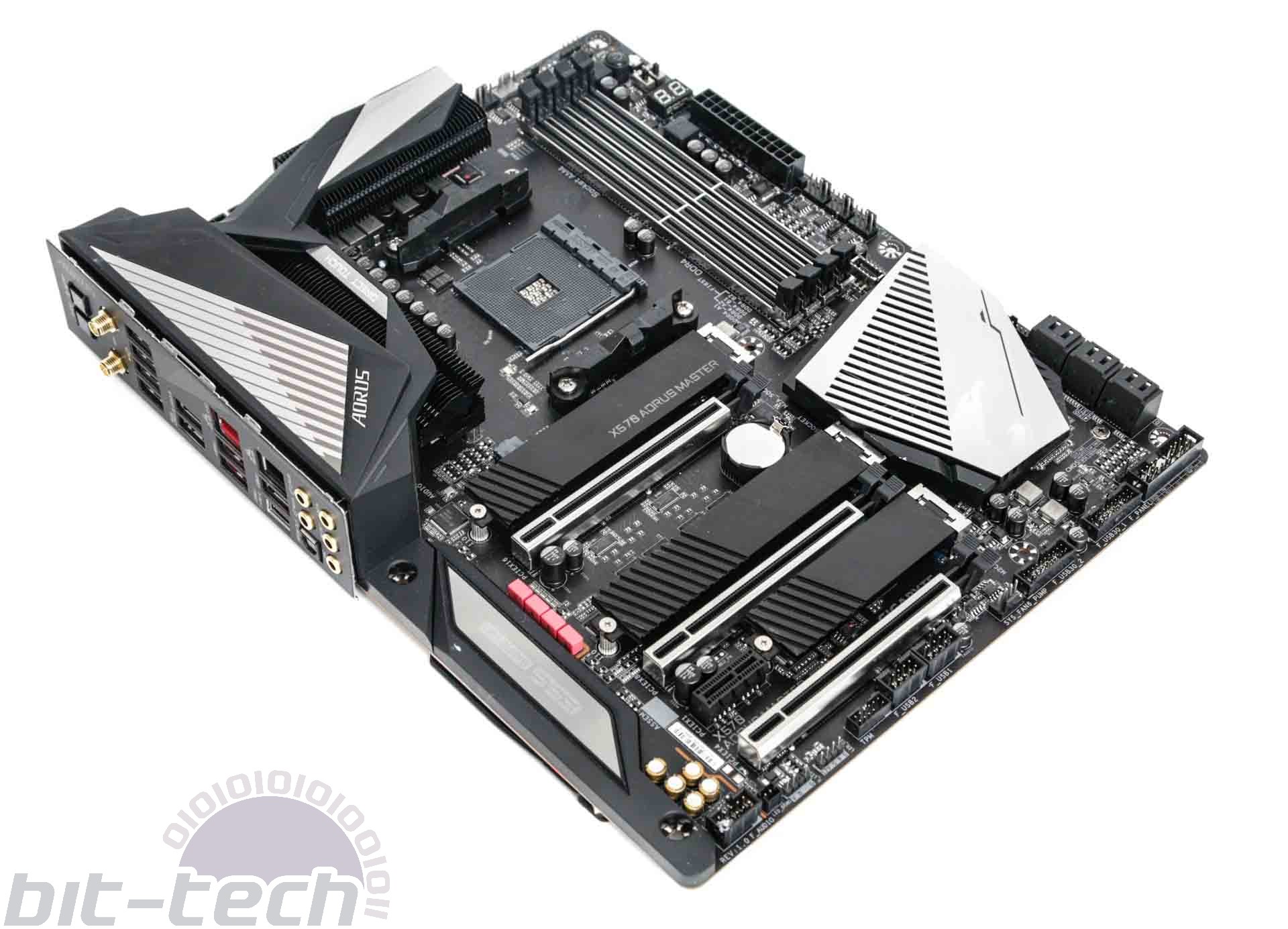
For starters you get a trio of M.2 ports, each equipped with a heatsink and all able to support either PCIe NVMe SSDs (either in PCIe 4.0 or 3.0 flavours) in addition to SATA 6Gbps M.2 SSDs too. You get shiny, metal-clad ports and an elaborate fin-based VRM cooling array sitting on top of a 14-phase power delivery with the rest of the feature list being mostly generous too.

There's actually more here for hardcore benchmarkers and overclockers than the MSI Prestige X570 Creation with features such as voltage measurement points and dual BIOS switches, while enthusiasts benefit from handy power and reset buttons and a CMOS clear button.
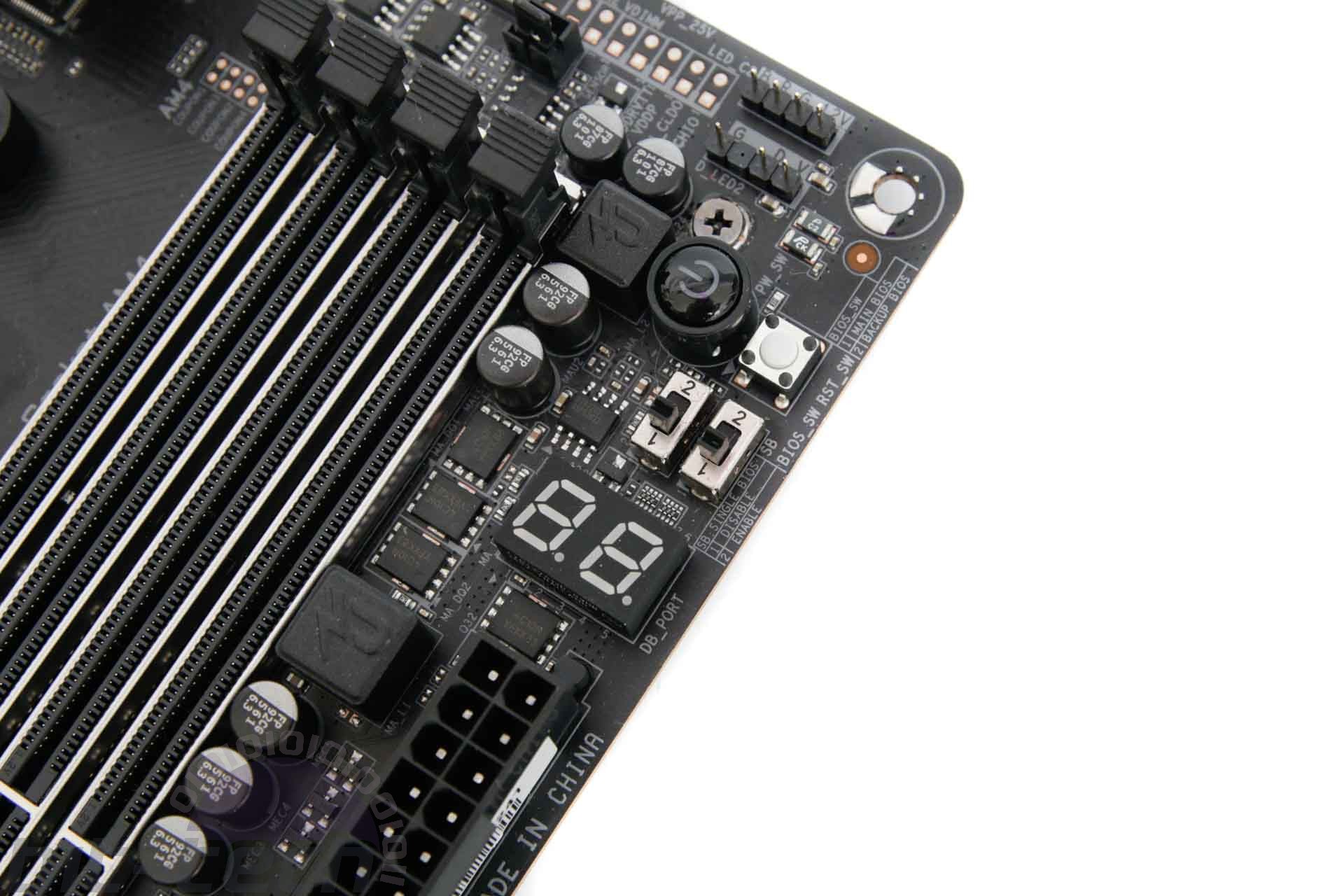
Seven fan headers will be enough for most people and each of Gigabyte's hybrid fan headers supports up to 2A/24W, which just about encompasses the more powerful water-cooling pumps out there, specifically the Laing D5. These are all well-placed too with the trio of headers pictured below sitting right where you need them to power your front case or radiator fans. In addition to a decent array of cooling control, Gigabyte has a first in terms of sensors, which is a noise sensor. This can be viewed in Gigabyte's System Information Viewer and allows you to manually limit the speed of fans based on noise levels to keep everything within acceptable limits. It's an interesting approach, although we'd maybe argue that your ears are the best judge of this, especially when it comes to sound quality. However, if you're fine-tuning individual components separately, it should give you an idea of where to tune each one.

When we used this exact motherboard to test our 3rd Gen Ryzen CPUs earlier in July, one thing stuck out as being rather annoying - the chipset fan. This seemed to be sitting at 100 percent speed all the time and was very intrusive, to the extent we actually had grave concerns for this review and other X570 motherboards that use chipset fans too. Thankfully, the MSI Prestige X570 Creation and Asus ROG Crosshair VIII Formula both proved to be far quieter, but the issue with the Aorus Master is that there's no way to change the fan speed in the EFI or software. The company does have an answer, though, in the form of a forthcoming BIOS, which adds chipset fan control.
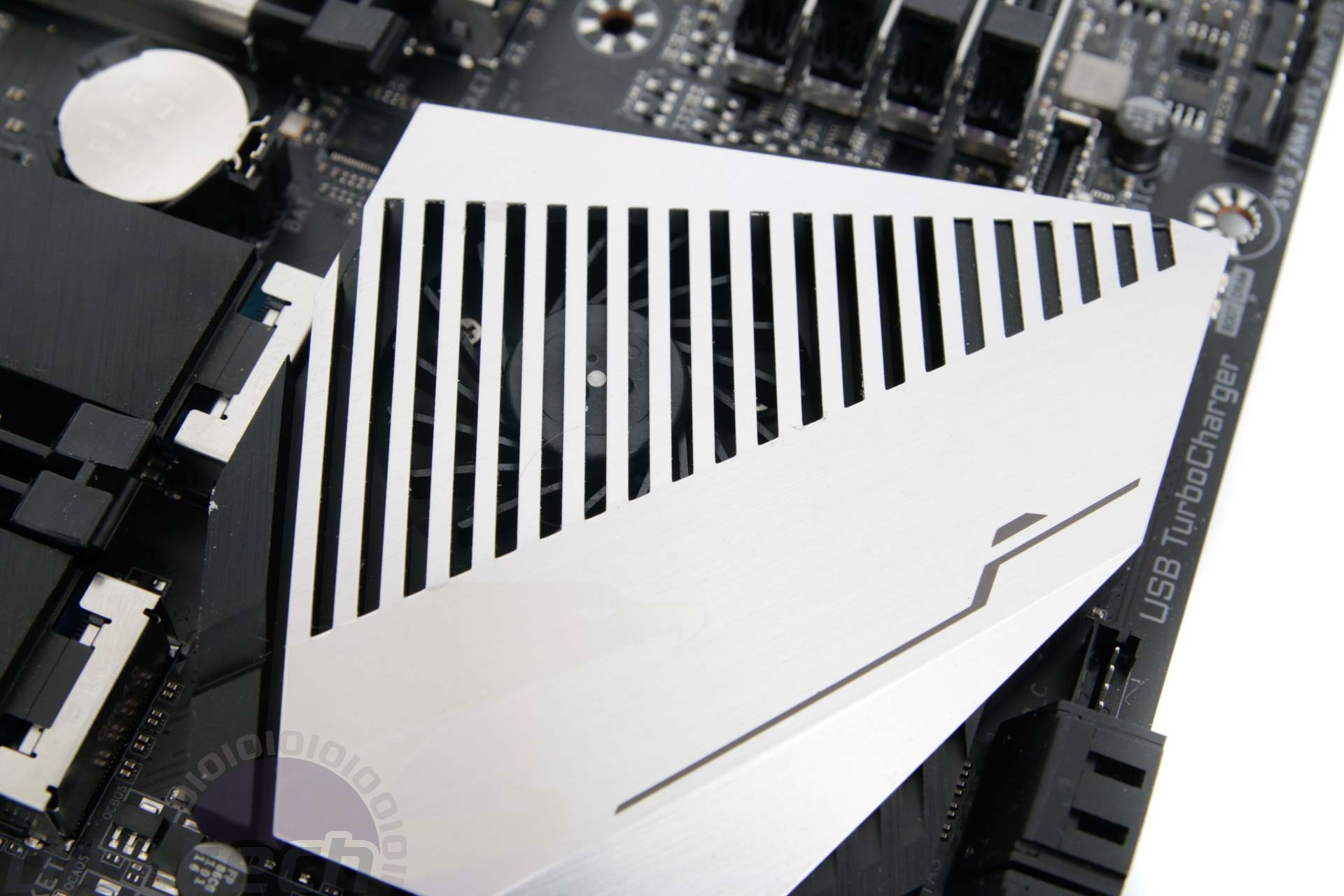
Gigabyte sent us the T5h beta BIOS, which fixes the fan speed issue, and sure enough the option to adjust the chipset fan speed now appears in the EFI, with the Silent Mode (there's no manual control mode yet) shifting the activation temperature up to 60°C. This improved things no end, and while the fan still span up on occasions, it was nowhere near as intrusive as it had been. The downside to the T5h BIOS is that Gigabyte has found it doesn't perform as well as the N11 version that AMD recommended we used with this board, but Gigabyte is working on a new version that it hopes to release soon and that retains both the performance and the chipset fan fix. [EDIT] That version has now arrived so you'll need to grab version F5g off Gigabyte's website.
The heatsinks for the three M.2 ports are independent rather than linked as part of a larger heatspreader as we see on more elaborate cooling setups, but one upside is that the X570 Aorus Master has one extra M.2 slot than the more expensive Asus ROG Crosshair VIII Formula, and unlike the MSI Prestige X570 Creation, you don't need to remove your primary graphics card to get at your SSDs either (excluding the middle slot if you happen to have a larger-than-dual-slot card installed). The downside is that the temperature of our Aorus PCIe 4.0 SSD was a fairly high 63°C, which is only a few degrees cooler than not using the heatsinks, so the relative lack of metal atop each M.2 SSD will hamper cooling performance compared to what can be achieved elsewhere.
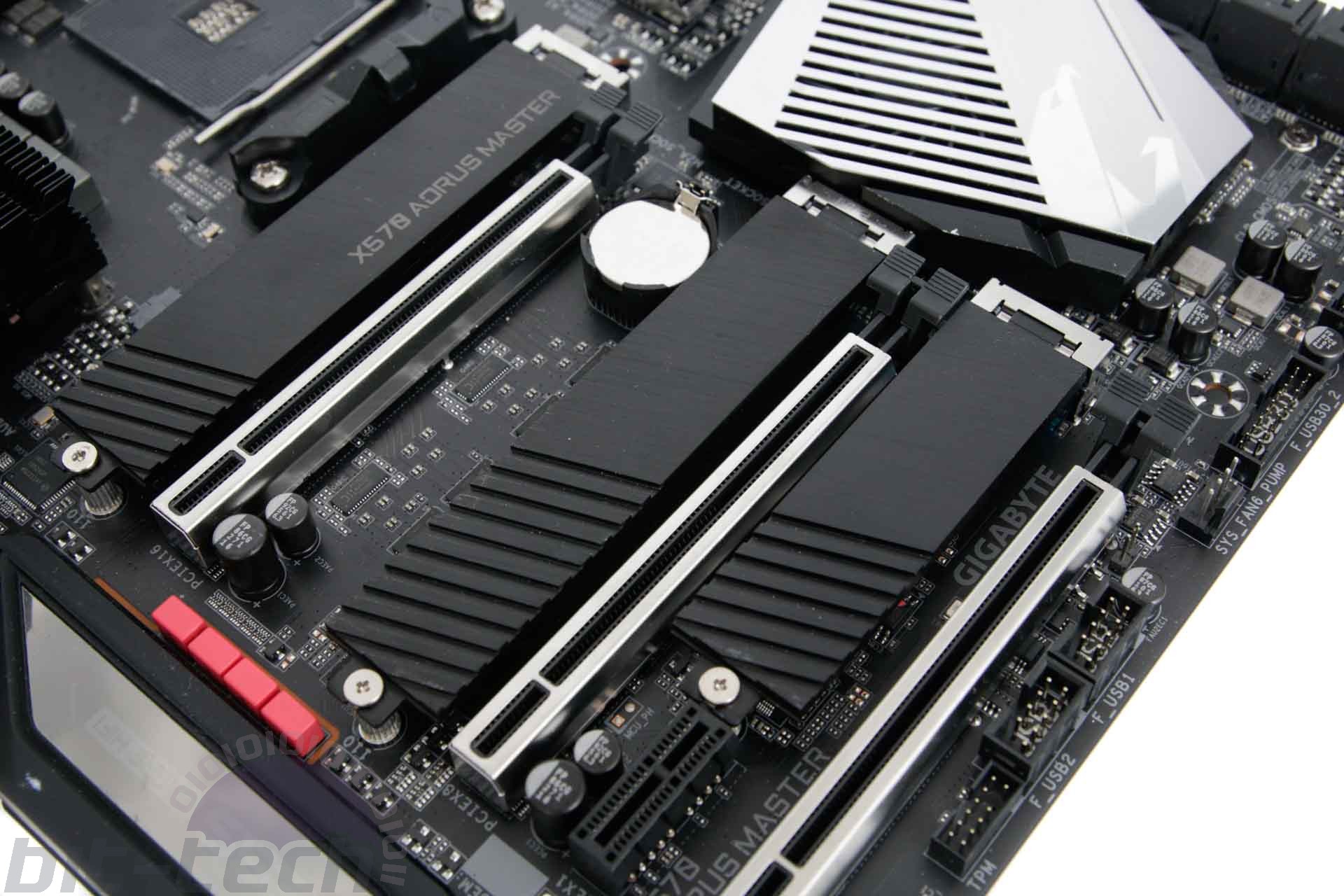
The VRM temperatures, meanwhile, were higher than we've seen on other boards too, with our IR laser probe reporting a maximum topside temperature of 55°C under load, 52°C on the rear of the PCB and 59°C logged as the maximum VRM temperature in Gigabyte's software, although these were still far from being hot enough to impact on performance.
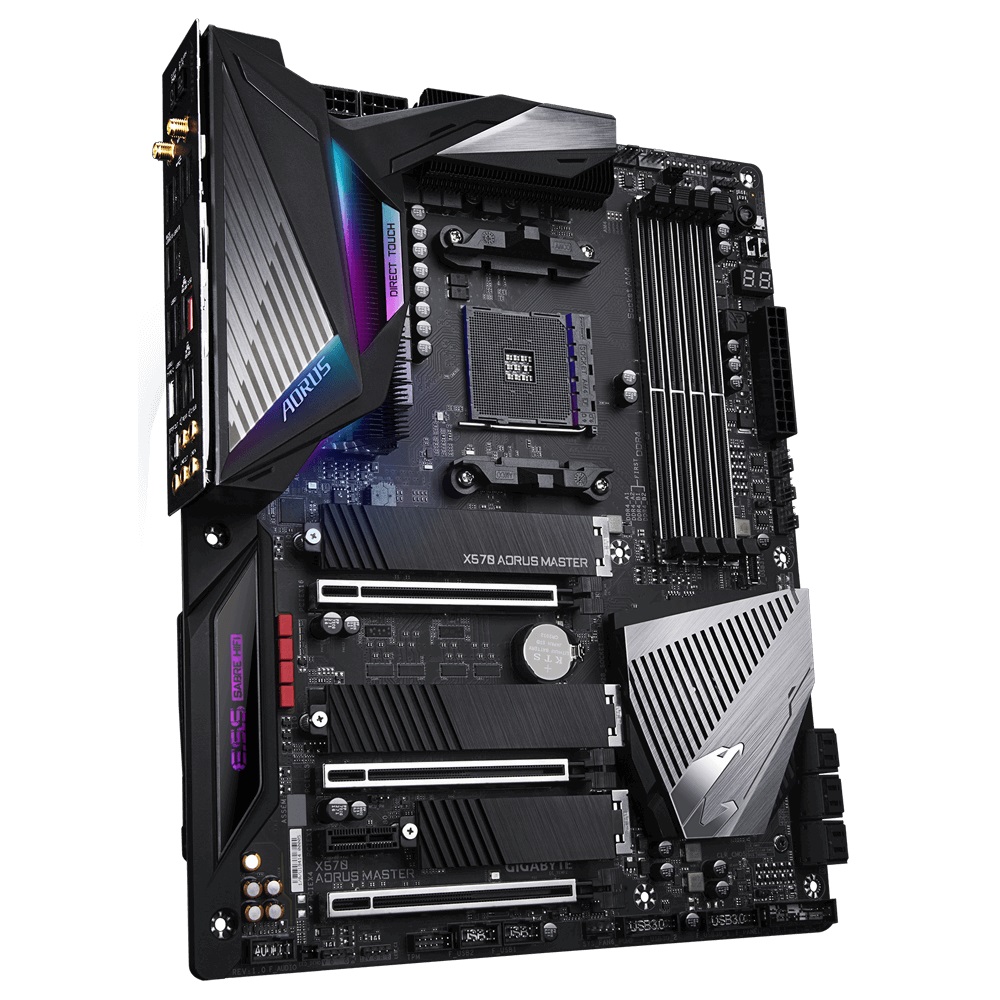
The I/O panel also houses a 2.5 Gigabit Ethernet port, a standard Gigabit port, Wi-Fi 6 (802.11ax) antenna ports, and CMOS clear button as well as Gigabyte's Q-Flash Plus, which is its version of USB BIOS Flashback. This allows you to update the BIOS with no hardware installed into the motherboard except for power cables.

Specifications
- Chipset AMD X570
- Form factor ATX
- CPU support AMD Socket AM4
- Memory support Dual-channel, four slots, max 128GB
- Sound Eight-channel Realtek ALC 1220-VB
- Networking 1 x Realtek 2.5 Gigabit Ethernet, 1 x Intel Gigabit Ethernet, Wi-Fi 6 (802.11ax), Bluetooth 5.0
- Ports 3 x M.2 PCIe 4.0 x4/SATA 6Gbps (2 x up to 22110, 1 x up to 2280), 6 x SATA 6Gbps, 3 x USB 3.1 Type-A, 1 x USB 3.1 Type-C, 1 x USB 3.1 header, 6 x USB 3.0 (4 via headers), 8 x USB 2.0 (4 via headers), 2 x LAN, audio out, line in, mic, Optical S/PDIF out
- Dimensions (mm) 305 x 244
- Extras RGB LED extension cable, 2 x thermal probes, Wi-Fi aerial, noise sensor

MSI MPG Velox 100R Chassis Review
October 14 2021 | 15:04

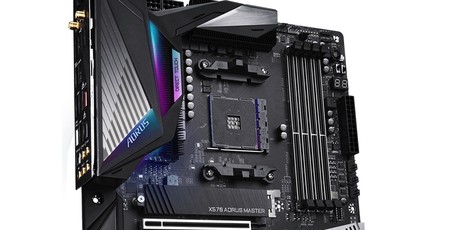
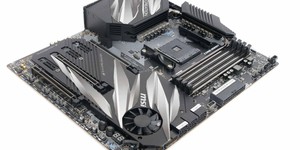
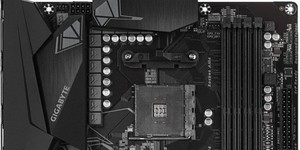
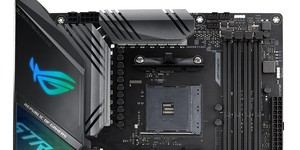




Want to comment? Please log in.